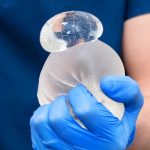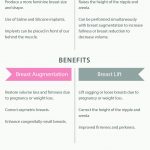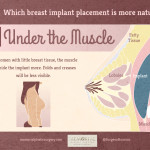Navigating Breastfeeding After Breast Augmentation: What You Need to Know
There is growing curiosity about the implications of breast augmentation on breastfeeding. To what extent will the surgical procedure have on mothers? Other questions arise regarding the health and safety of breastfeeding, milk quality, and effects on the baby and mother’s sensory connection.
Breast Augmentation
Breast augmentation, or a ‘boob job’, refers to a surgical procedure wherein implants—either silicone or saline-filled—are positioned beneath the breast tissue or chest muscles to enhance or restore breast volume, achieve breast symmetry, or aid post-mastectomy reconstruction.
Breastfeeding Concerns Post-Augmentation
Breastfeeding is a cherished and essential aspect of motherhood. In most scenarios, women with breast implants can safely breastfeed. The implant placement, typically behind the breast tissue or below the chest muscle, ensures minimal interference with breastfeeding.
- Effect on Milk Production
One legitimate concern is whether the augmentation might impede milk supply. While certain surgical incisions, especially around the areola, might affect milk production, many women with implants successfully produce sufficient milk for their infants.
- Nipple Sensation Post-Surgery
Post-operative changes in nipple sensation could potentially influence the milk ejection reflex. Such alterations necessitate adjustments but don’t fundamentally preclude successful breastfeeding.
- Safety of Mother and Baby
The type of breast implant used (saline or silicone) may impact breastfeeding safety. Silicone implants are generally considered safe for breastfeeding, but there has been some concern about the potential transfer of silicone into breast milk. However, numerous studies have not found any significant levels of silicone in breast milk from women with silicone implants.
Addressing Potential Complications
For mothers who have undergone breast implant surgery, there may be unique challenges and concerns that arise during the breastfeeding journey.
- The Issue of Scar Tissue
Post-operative scar tissue might arise in some patients, potentially influencing milk production. It is essential to monitor this and seek professional advice if concerns arise. - Considerations for Implant Placement
Implant positioning, whether above or below the chest muscle, can have implications for breastfeeding. While challenges might emerge, with proper guidance and awareness, they are surmountable.
Consult with Experts
At Memorial Plastic Surgery, our team of experts ensure that you get the best treatment and guidance. Consult with us today, reach us through 713-633-4411.
*This blog is created and maintained for informational purposes only. The images present may not accurately reflect actual cases per individual. Individual cases are unique, and the descriptions and solutions will vary per patient.






















